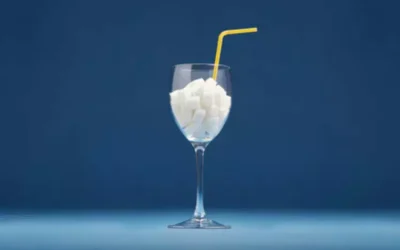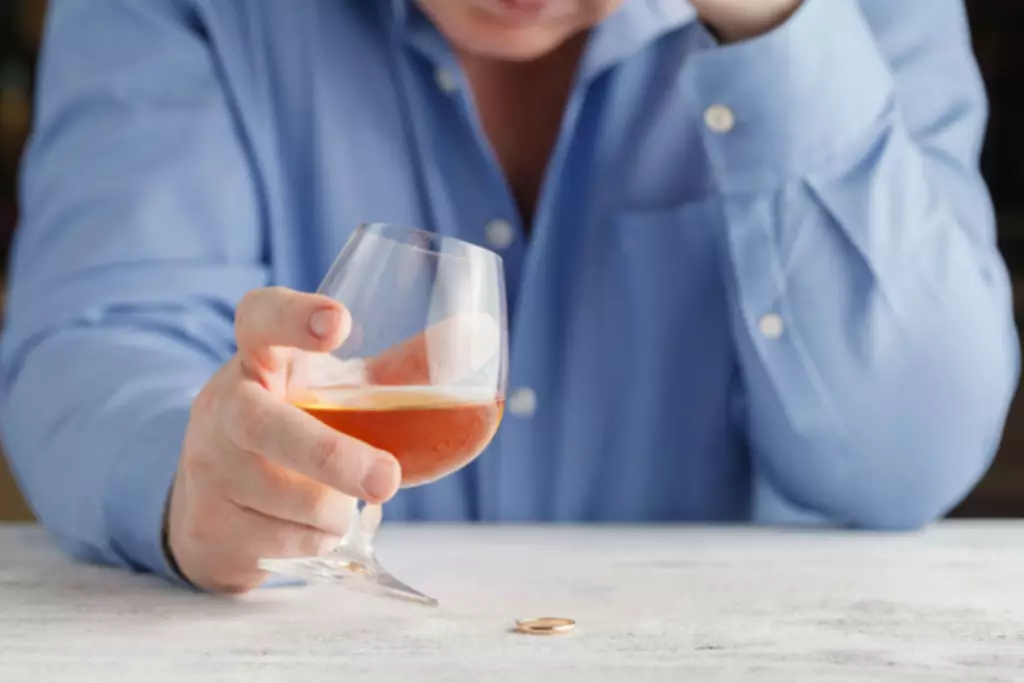There are many pathways into addiction and many routes to recovery. Think about recovery from addiction as a five-year process that will have its ups and downs; after about five years, life can and will be very different. As life becomes more worth living, addiction loses its influence. The CRAFFT (Car-Relax-Alone-Forget-Family and Friends-Trouble) is a screening tool that is used in medical centers. what is drug addiction The CRAFFT is in version 2.1 and has a version for nicotine and tobacco use called the CRAFFT 2.1+N.[71] This tool is used to identify substance use, substance related driving risk, and addictions among adolescents. This tool uses a set of questions for different scenarios.[72] In the case of a specific combination of answers, different question sets can be used to yield a more accurate answer.
- The most well-known and serious addiction is to drugs and alcohol.
- Exposure to chemicals, plants, and other toxic substances that can cause harm are called poisonings.
- Support can go a long way in making the recovery process more successful.
- When a person has addiction and stops taking the substance or engaging in the behavior, they may experience certain symptoms.
- Data sources include Micromedex (updated 6 May 2024), Cerner Multum™ (updated 6 May 2024), ASHP (updated 10 Apr 2024) and others.
- The approach that will be best for you depends on many factors and is best decided in collaboration with your doctor or therapist.
- Substances affect your brain, especially the reward center of your brain.
How to Prevent Addiction to Prescribed Painkillers
Drug addiction is a mental health issue and kids are suffering too – Maryland Matters
Drug addiction is a mental health issue and kids are suffering too.
Posted: Thu, 16 May 2024 10:32:52 GMT [source]
If people stop following their medical treatment plan, they are likely to relapse. Because many fatal overdoses involve multiple street drugs, the number of deaths attributed to specific substances do not “equal the total number of drug overdose deaths,” according to the CDC. Problems relating to drug abuse can also occur with substances not normally thought of as drugs. Solvent abuse, commonly known as “glue-sniffing,” is a growing problem, especially among teenagers and even younger children.
Virtual mental health care visits: Making them work for you
- Over time, the substances change your brain chemistry, and you become desensitized to their effects.
- For questions about medical detoxification, talk with your healthcare provider.
- Risk and protective factors may be either environmental or biological.
- Unemployment and poverty can trigger addiction, along with stress and emotional or professional pressure.
- If you cannot reach a qualified professional by telephone to discuss the overdose, it would be prudent for you to take the overdosed person to the nearest hospital’s emergency department or medical facility.
- Once a person has decided that they have a problem and need help, the next step is an examination by a healthcare professional.
- For some substances, such as opioids, the withdrawal symptoms are so severe that they create significant motivation to continue using them.
Some doctors’ offices advise their patients to go to a hospital’s emergency department. In life-threatening circumstances, an ambulance should usually be summoned by calling 911. If you cannot reach a qualified professional by telephone to discuss the overdose, it would be prudent for you to take the overdosed person to the nearest hospital’s emergency department or medical facility. The cause of a drug overdose is either by accidental overuse or by intentional misuse. Accidental overdoses result from either a young child or an adult with impaired mental abilities swallowing a medication left within their grasp. An adult (especially seniors or people taking many medications) can mistakenly ingest the incorrect medication or take the wrong dose of a medication.

Ever worry about your gambling?

However, these tests may be used for monitoring treatment and recovery. Behavioral addictions can occur with any activity that’s capable of stimulating your brain’s reward system. Behavioral scientists continue to study the similarities and differences between substance addictions, behavioral addictions and other compulsive behavior conditions like obsessive-compulsive disorder (OCD) and bulimia nervosa.
Stimulant use disorder
While some people knowingly consume fentanyl, many people do not know if the drugs they plan to use contain fentanyl. This is especially true of illicit counterfeit pills, which are often made to resemble prescription medications such as oxycodone or benzodiazepines, but really contain fentanyl. Recent studies have reported a dramatic rise in overdose deaths among teens between 2010 to 2021, which remained elevated well into 2022 according to a NIDA analysis of CDC and Census data. This increase in deaths has been largely attributed to widespread availability of illicit fentanyl, the proliferation of counterfeit pills containing fentanyl, and the ease of purchasing pills through social media. Behavioral therapies help people in drug addiction treatment modify their attitudes and behaviors related to drug use.
Gabapentin for dogs: Uses, side effects and dosage
- Behaviours such as substance misuse can be a way of blocking out difficult issues.
- Depending on the severity of the SUD, the substance or an alternative may be tapered off to lessen the effects of withdrawal.
